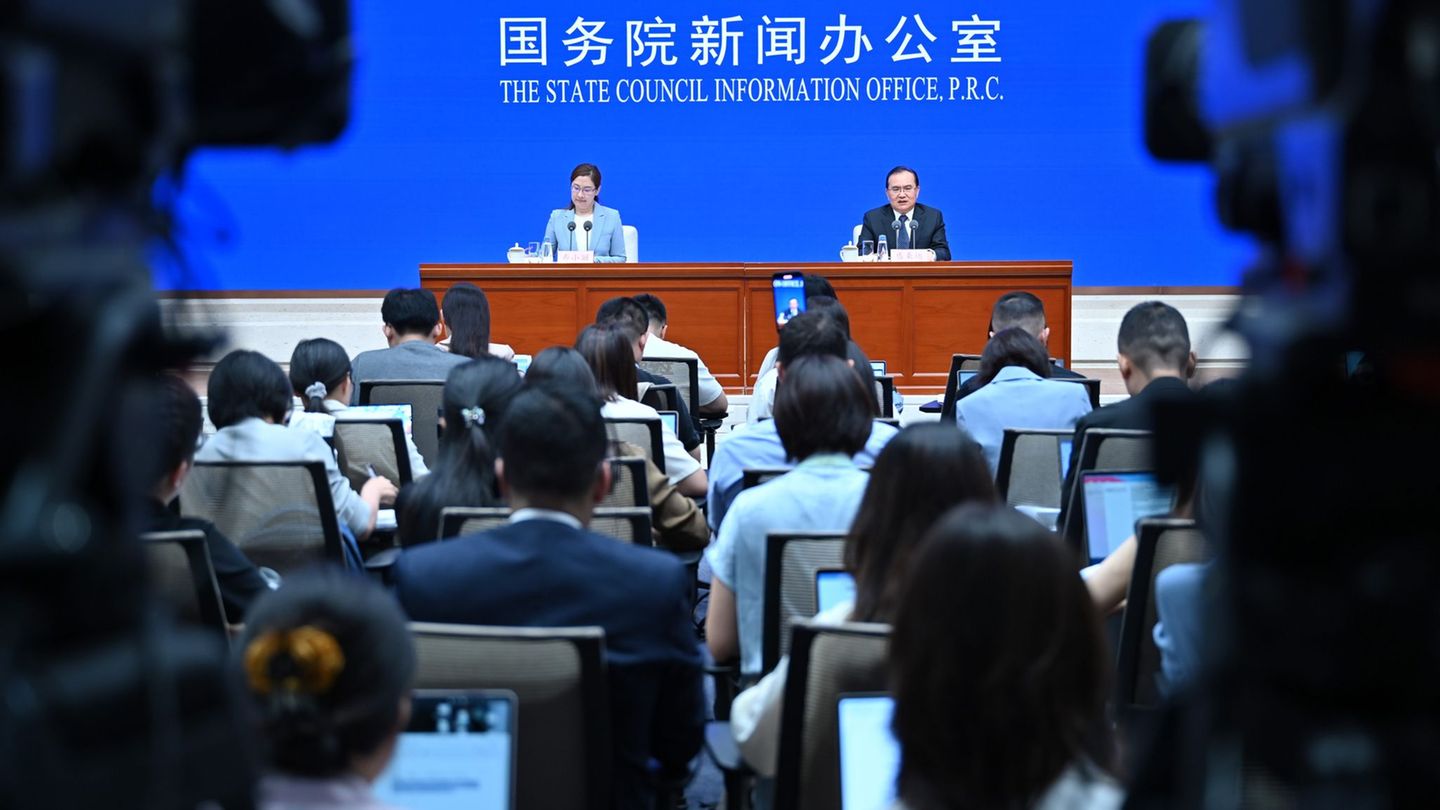Image: OOEG
Life expectancy is increasing – and with it the need for medical care in old age. “Older people with serious, acute illnesses often have a delayed recovery time and are at risk of losing their independence or becoming highly in need of care,” says Primaria Romana Palmanshofer, who has been heading the acute geriatrics and remobilization department at Rohrbach Hospital for a few months.
The majority of her patients are between 75 and 90 years old. 60 percent are women, 40 percent are men. “We often treat 100-year-olds. And it becomes clear: It’s simply never too late to get moving again and get back on your feet,” says the internist. Many of their patients – also due to their advanced age – have a variety of pre-existing and accompanying illnesses in addition to their acute illness, such as cardiovascular problems, neurological diseases and even musculoskeletal disorders. “In addition, in old age there is often malnutrition, poor teeth, poor eyesight, lack of mobility and often loneliness,” says Primaria Romana Palmanshofer.
Many diseases, many tablets: “Polypharmacy is a topic that is always present in acute geriatrics.” “Polypharmacy” is when patients take more than five medications simultaneously and permanently. It is important to have experts check whether interactions can occur.
Back to independence: Acute geriatrics is not a precursor to a permanent care facility. It is also not a refuge when things are no longer possible at home. “Our main task is to help people become independent again after an acute illness or injury,” says Palmanshofer.
Individual care: Every patient receives a therapy tailored to them.
Multiprofessional team: Many different experts from the fields of medicine, nursing, physical and occupational therapy, dietetics, psychology, speech therapy, social work, pharmacy and transitional care work to get patients fit for everyday life again.
Collaboration with relatives: Collaboration with relatives is very important to the acute geriatrics team.
Successful return home: As a positive example, Romana Palmanshofer cites an 88-year-old patient who was admitted to the Rohrbach Clinic in the spring of this year with cardiac arrhythmias. Despite his old age, he was fit and had been caring for his demented wife for three years. “The patient received a pacemaker and was able to recover so well after a subsequent stay in acute geriatrics that he was then able to continue caring for his wife.”
Health tour
You can find out everything you need to know about acute geriatrics on Wednesday, October 11th, from 6 p.m. in the Rohrbach Clinic.
For you next to Primaria Romana Palmanshofer on the podium:
- Physiotherapist Magdalena Ruth
- Dietician Anna-Theresa Auzinger
- UniqaVital coach Martin Denk
Healthy snack: Afterwards there is a healthy snack.
Admission is free, registration is required: by phone on +43 50 554 77 52200 (Monday to Thursday 8 a.m. to 2 p.m.) or online at www.ooeg.at/ro/oon
My themes
For your saved topics were
new articles found.

info By clicking on the icon you can add the keyword to your topics.
info
By clicking on the icon you open your “my topics” page. They have of 15 keywords saved and would have to remove keywords.
info By clicking on the icon you can remove the keyword from your topics.
Add the topic to your topics.
Source: Nachrichten




